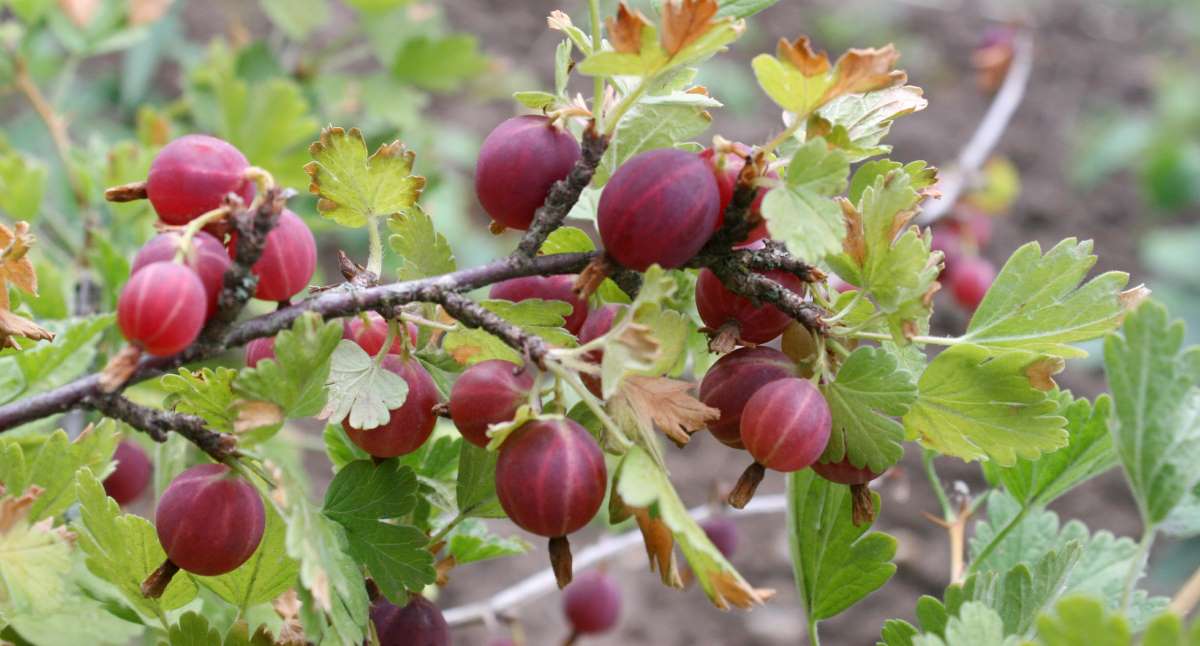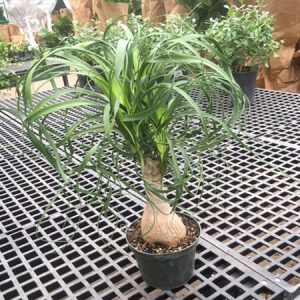Description
Ribes – Flowering Currant – Currant –
There are about 150 species of mainly deciduous, occasionally evergreen, sometimes spiny shrubs in the Grossulariaceae family, in this genus. They are widely distributed in woodlands, scrub, and rocky places mostly in the Northern temperate region with a few occurring in South America. Some species, such as blackcurrant (R. Nigrum), redcurrant (R. Rubrum), and gooseberry (R. Uva-crispa), are grown for their edible fruits. Those described here are grown primarily for their flowers. They can grow to 10′ feet tall and have long, arching stems which may be reddish brown and carry mid green leaves which are alternate and often 3 to 5 lobed, often with scalloped or toothed edges and a covering of bristly hairs beneath. Few provide a dash of orange and/or red color in autumn before dropping. Small, tubular cup or bell shaped flowers, sometimes fragrant, and with 4, rarely 5, larger, spreading sepals, are held singly or in pendent racemes mostly in spring or summer. The many seeded berry like fruits are spherical or ovoid, and vary in color from red or black to green or white. Grow in a shrub border, R. laurifolium is best where it’s late winter flowers can be seen, R. speciosum and R. viburnifolium are attractive grown against a wall. R. sanguineum may be used as informal hedging, R. alpinum may be sheared into a formal hedge. Some species are not self fertile and must be palnted in groups to ensure good fruiting.
Grow in moderately fertile, well drained soil in full sun. R. laurifolium will grow well in partial shade. R. sanguineum ‘Brocklebankii’ should be shaded from hot sun. Trim hedges after flowering.
Prone to aphids, caterpillars, scale insects, dieback, downy mildew, anthracnose , powdery mildew, rust, white heart rot, and septoria leaf spot. Some are host to white pink blister rust but there are disease resistant cultivars.
R. uva-crispa – Gooseberry – R. grossularia – European Gooseberry – This compact, thorny semi evergreen to evergreen shrub found from Europe to North West Africa and the Caucasus and North America grows 3-4′ feet tall. It produces maple leaf like 3 to 5 deeply lobed, glossy leaves with a thin down on the undersides. Tiny, insignificant pendulous, bell shaped, purplish to pink flowers are borne in spring. Flowers are followed by pink fruit that ripen to red. Remove first year blooms to help root growth and encourage fruiting on 2-3 year old wood. Needs full to partial sun, acidic to neutral soil, and adequate water. Where American mildew is a problem, a disease resistant variety should be used.
Zones 5-9




